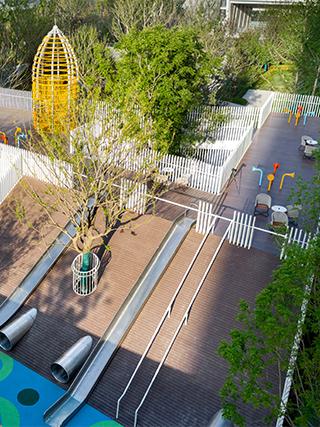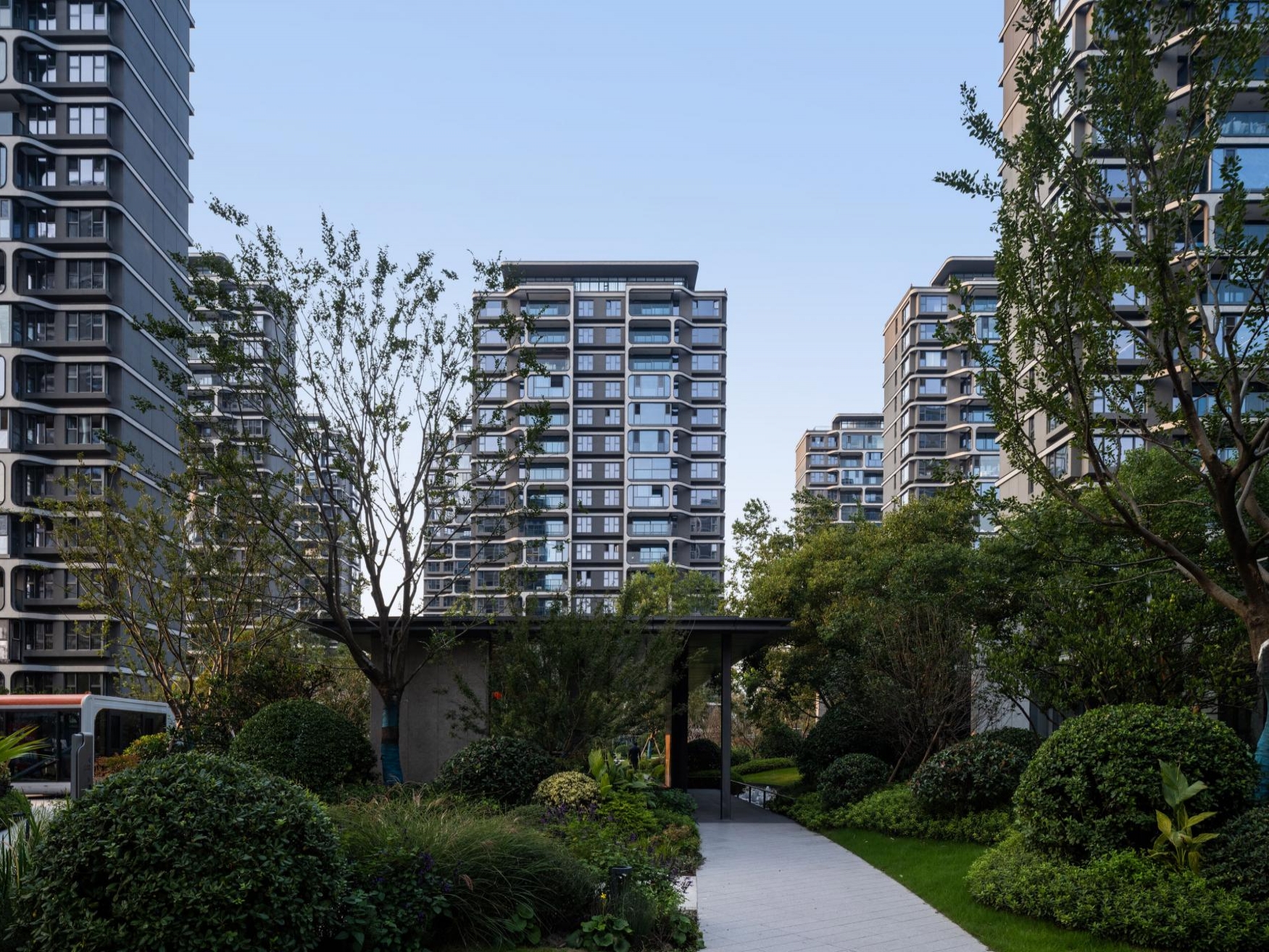In recent years, the issue of climate change has increasingly become an international priority.In October 2021, based on the "3060" dual carbon goals announced by China, the State Council Information Office of China issued Responding to Climate Change: China's Policies and Actions, which points out that climate change is a common challenge to mankind.
In order to help mitigate the impact brought by climate change, the Group actively fulfill our corporate responsibility and respond to the carbon reduction targets and requirements announced by the government.
1. Identification and Prioritization of Climate-related Risks
The Group responded to the long-term expectations of environmental compliance through proactive risk management with reference to the TCFD(The Task Force on Climate-Related Financial Disclosures)'s recommendations, identified the physical and transformational risk parameters that will impact the Group, and continued to deepen our climate-related risk management by assessing risks' relevance and consequences, and developing targeted responses to reduce their impacts on our business and finances. While reducing potential risks, we also explored low-carbon transition and continued to enhance the Group's green capabilities.
2. Governance
The Group has integrated climate-related risk management into our comprehensive management system. The Risk Management Committee, being the highest responsible institution in charge of risk management, will handle the overall management.
3. Strategies
According to the risk categories recommended by the TCFD, we have identified risks based on national policies, industry trends, the Group's current operational position and stakeholders' priorities, among others, and listed 22 climate-related risks, including 10 physical risks and 12 transition risks.
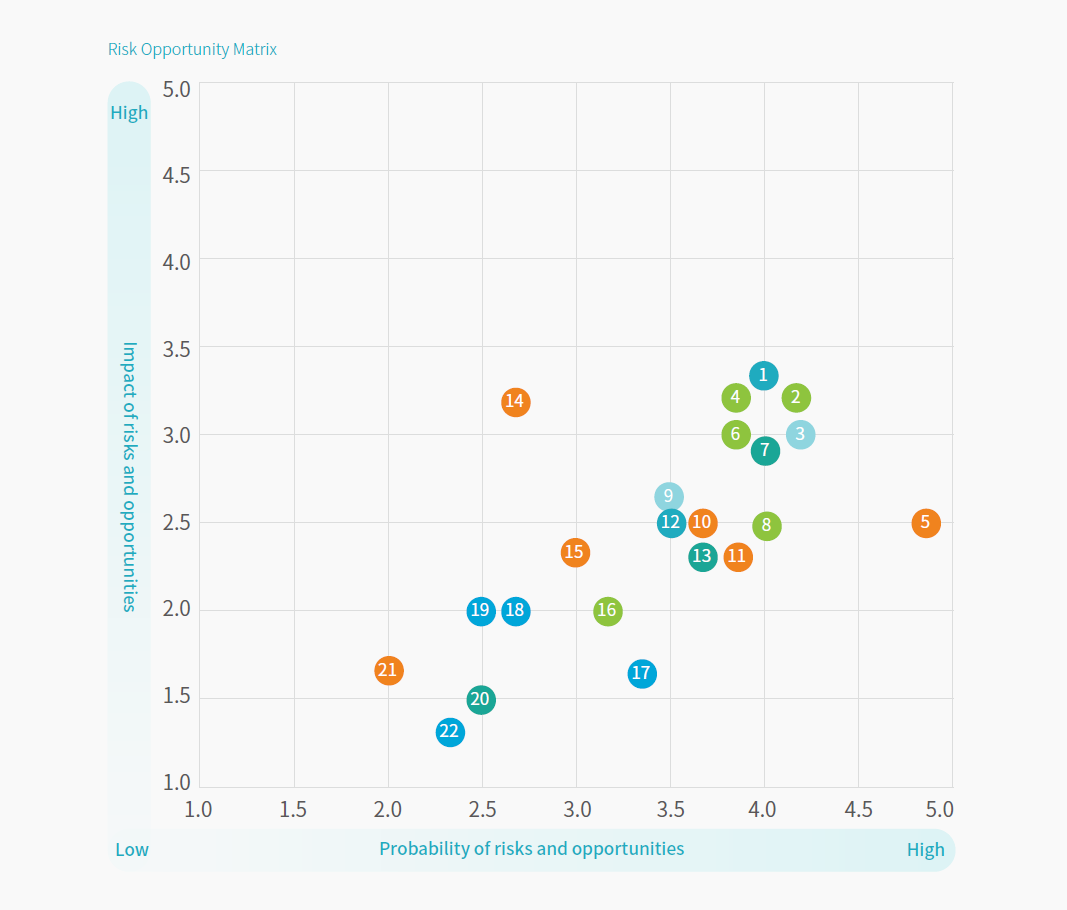
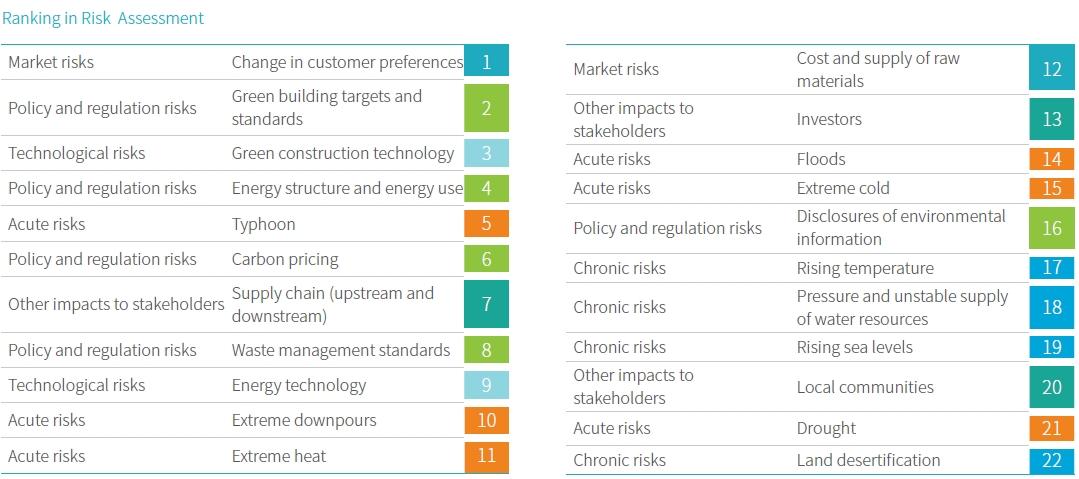
4. Risk Management
Physical risks:
Extreme Weather In order to reduce the impact of extreme weather on construction projects, the Group has issued the "CIFI Group Operation Guideline for Handling Routine Matters of Projects", which includes the response under acute weather and establishes a long-term risk response mechanism to reduce the impact of such events on the normal construction of projects and reduce loss. All construction projects dynamically monitor the weather forecast, make advance warning and take emergency measures for abnormal weather, adjust working hours in the event of high temperature and extremely cold weather in a timely manner, and secure the heat reducing and warming supplies, in order to avoid personnel and property loss.
In order to improve the defense performance of buildings and ensure the safety of residents and property, we take into account physical risks in the design stage of projects, such as anti-typhoon design in coastal areas, the appropriate upgrade of mechanical drainage level of sunken plazas and sunken sites, the appropriate consideration of elevating the plus minus zero elevation of the first floor for riverside projects and the reduction of flood risks. In addition, we continue to improve the "CIFI Group Guidelines for Electromechanical Cold-Resistant and Warming Design" and other guidelines to guide the requirements of the project design in each region for extreme cold and other abnormal weather.
Transition Risks:
Policy and regulation risks In the context of China facing the long-term trend of green economy and low-carbon transformation, the Group should manage the carbon emissions generated by our operations and comply with and respond to national regulations and policies related to the reduction of carbon emissions. At the same time, the Group pays close attention to the regulations and policies related to climate change and carbon emission reduction that may have significant impact on us, analyzes the trend of carbon peak and carbon neutrality policies, and begins preparation in advance. Through the Design Guidelines for HUMAN Intelligent Healthy Life 3.0 of CIFI Group, the Group has put forward clear requirements for the green building certification, the selection of energy-saving equipment and the design of carbon emission reduction for the projects in every region.
Market Risks As customers' preferences for green design projects such as high energy efficiency, low emissions, water saving and greening become more obvious, the Group immediately grasps the changes in their preferences during the process of customer group analysis and positioning. The Design Guidelines for HUMAN Intelligent Healthy Life 3.0 of CIFI Group sets out design requirements by benchmarking the international WELL certification system in response to the increasing customer preference on low carbon and health.
Technical risks We have vigorously promoted the application of renewable energy in every project and followed relevant guidelines including the "Design Guidelines for Solar Water Heating System of CIFI Group" to provide reasonable design of energy structure and maximize renewable energy application for projects in all regions. To respond to the local governmental policies for ultra-low energy consumption buildings, we actively explore the ultra-low energy consumption technology system. As the first residential project in Shanghai to apply for and pass the evaluation of Shanghai's ultra-low energy consumption program, Shanghai Century One Mile has achieved a reduction in energy consumption by more than 50% through the use of advanced green technologies such as renewable energy utilization, high-efficiency heat recovery, high-efficiency energy-using equipment and building insulation.
In addition, we actively apply intelligent energy efficiency management systems to provide fine-grained energy control over the daily operation and user energy consumption of the building. Through the introduction of intelligent sensors and automation systems, we have realized real-time adjustment of various parameters (such as temperature, humidity and light) inside the building to achieve efficient and energy-saving operations. We use passive design and energy modeling to deepen the building layout and reduce the reliance on energy-consuming equipment, contributing to low-carbon and energy-saving operation and maintenance.






